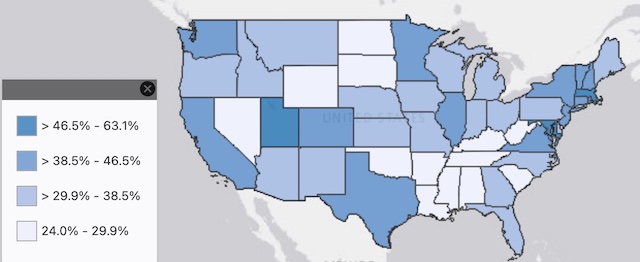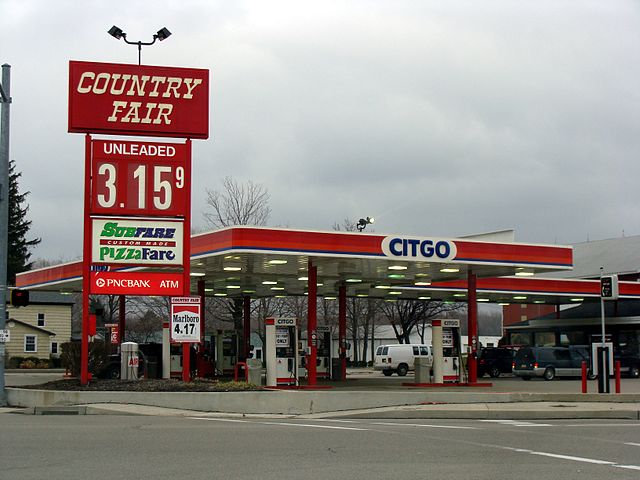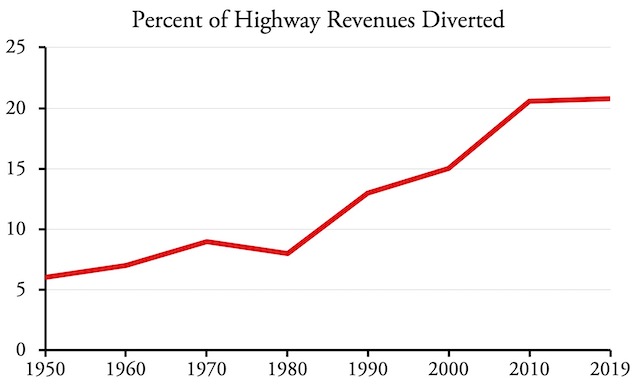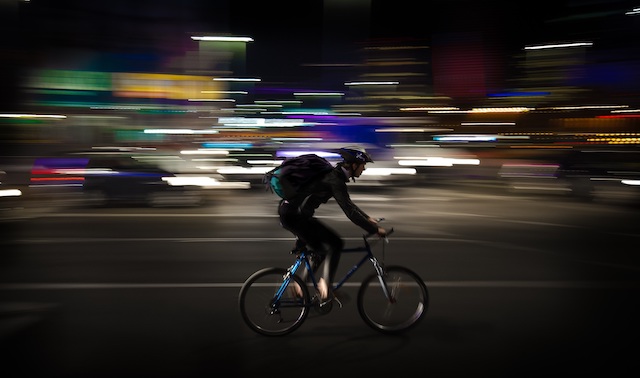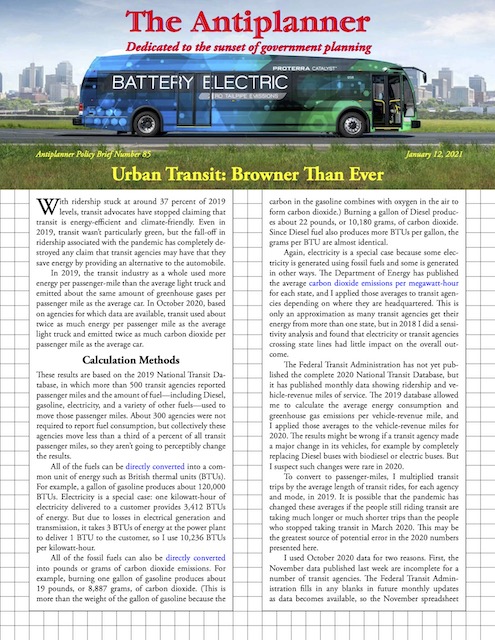The number of people telecommuting, at least part time, due to the pandemic has grown from 85.7 million in mid-August to 88.8 million in mid-December, according to Census Bureau pulse surveys. The Census Bureau began doing weekly, and later bi-weekly, surveys in April to see how the pandemic is affecting people’s lives.
Pandemic-induced telecommuting in December 2020.
The surveys didn’t begin asking questions about transportation until August. According to that survey, 34.4 percent of working-age Americans had begun telecommuting “some or all” of the time due to the pandemic. Thus, this would be on top of the 5.7 percent of workers who were already working at home before the pandemic. Continue reading

